In Part 1 of this post, we talk about the recent federal case of H-D U.S.A., LLC v. SunFrog, LLC, out of Wisconsin. The judge found, among other things, that SunFrog had engaged in counterfeiting when it placed images and phrases trademarked by Harley-Davidson on shirts and other items sold through SunFrog’s website.
That post describes the judge’s rejection of SunFrog’s argument that it could not have engaged in counterfeiting because the goods on which they printed Harley-Davidson marks were so shoddy that people would know were knockoffs.
Statutory damages
Counterfeiting is an egregious kind of trademark violation, so federal law allows the injured party to choose to receive statutory damages based on the number of types of goods for sale, sold or distributed that were involved. If the plaintiff elects statutory damages, compensatory damages for actual financial losses are not an option.
As the judge explained, “the Lanham Act allows statutory damages to be large even when actual damages are small …” She notes that in this case, actual damages are difficult to prove, especially the “significant potential for damage to Harley-Davidson’s goodwill and reputation” from its marks entering the marketplace on low quality goods “bearing offensive or mutilated settings of its trademarks …”
Statutory damages, then, can punish damaging counterfeiting behavior even when the actual monetary loss is not excessive. In addition, statutory damages are meant to make potential counterfeiters think twice by holding offenders out as examples to deter others.
The calculation
Courts have broad discretion to consider the unique facts in a counterfeiting case to determine appropriate statutory damages. The formula is $1,000 up to $200,000 per counterfeit mark per type of goods used. If the counterfeiting was willful, the upper limit jumps to $2 million.
Willful infringement means that the infringer knew what it was doing or recklessly disregarded the possibility that it was infringing. Knowledge can be imputed when an infringer purposefully ignores the nature of its infringing behavior, ignores communication from the mark’s owner, does not consult a lawyer or considers the matter a “nuisance.”
The court found that SunFrog acted willfully because it engaged in “willful blindness,” said it had taken steps to stop infringement when it had not and violated a preliminary injunction (court order) that it stop infringing.
However, she believed that SunFrog did not deserve the maximum penalty, which could put it out of business at $128 million (64 types times $2 million per mark). The company was not selling through “illicit channels” and is “not a company comprised of career criminals.” Finally, SunFrog is making “slow but significant” progress in eliminating counterfeiting.
Accordingly, the judge ordered a statutory damage award of $19,200,000 (64 types times $300,000 per mark).


